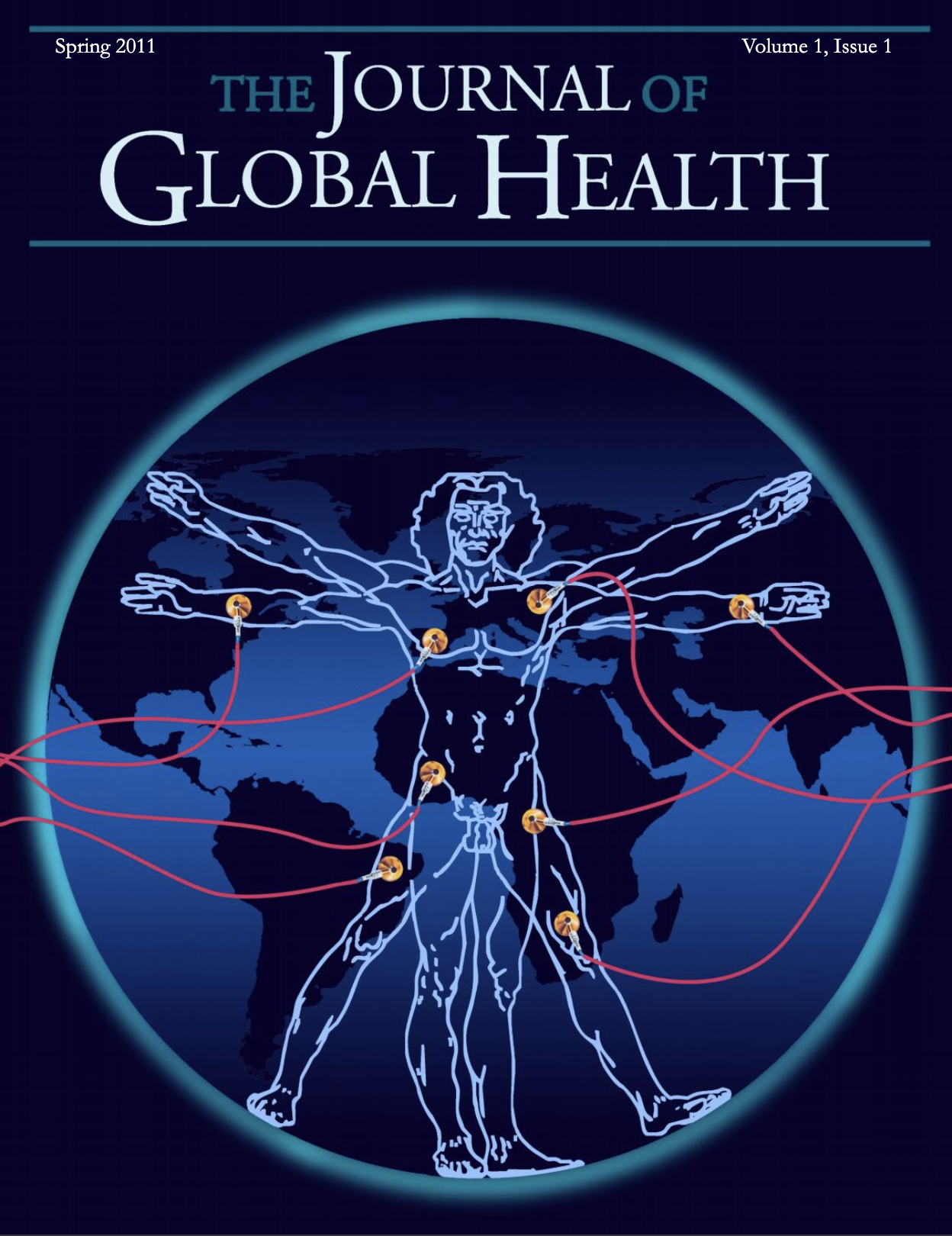Language of the Heart: A Student’s Perspective on Congenital Heart Defects and Volunteering
Main Article Content
Abstract
Lan Xiao Hua is a 13 year old girl from Gansu, China. She had Ventricular Septal Defect, a hole in her heart’s right ventricle. Doctors said she would be able to live to approximately 20 years of age. Xiao Hua’s family knew about her congenital heart disease (CHD) since she was 7 years old, but with the humble living they made coaxing wheat from the dry, parched land of Gansu Province, the necessary surgery expenses would have required 10 years’ worth of their income.
Xiao Hua’s condition is not untreatable. Rather, CHD requires what is considered one of the simpler cardiac surgeries. Had Xiao Hua been operated on earlier, the chances of a successful surgery would have been almost 99%. After the surgery, she would have been completely normal, with few lingering symptoms. Instead, without the necessary surgery for CHD, Xiao Hua was easily exhausted by the simplest of everyday activities, such as walking. Her lips were tinted blue whenever she did any work. Even breathing was painful for her. Xiao Hua was more susceptible to transmittable diseases and caught colds frequently, a symptom of poor blood circulation. She was also shorter than other 13-year-old girls because her faulty heart contributed to stunted growth and development. Xiao Hua desperately needed the heart surgery, but she didn’t have the resources needed to obtain treatment.
Lan Xiao Hua’s plight is not unusual. Congenital heart defects (CHD) are a leading cause of child mortality both worldwide and in the U.S. According to the American Heart Association, CHD is one of the most common birth defects in the U.S. (American Heart Association, 2011). Nearly two times more American children die from congenital heart disease annually than those who die from all other forms of childhood cancers combined (Children’s Heart Foundation, 2009).
Whereas approximately 1% of newborns suffer from congenital heart defects in the United States, that percentage is roughly 6% in the province of Gansu, China (Gao & Yue, 2005). Many families in industrialized countries are able to afford reconstructive surgery for CHD shortly after birth. But in China’s Gansu Province, the cost of an approximately 30,000 RMB (or approximately $4000) operation is unattainable for millions of poverty-stricken Gansu residents.
As a volunteer of Angel Heart International, a nonprofit organization dedicated to helping children with CHD in China and other developing countries, I had the opportunity to meet with Gansu families who made no more than 560 RMB ($75) per year. Lan Xiao Hua’s family was one of them.

